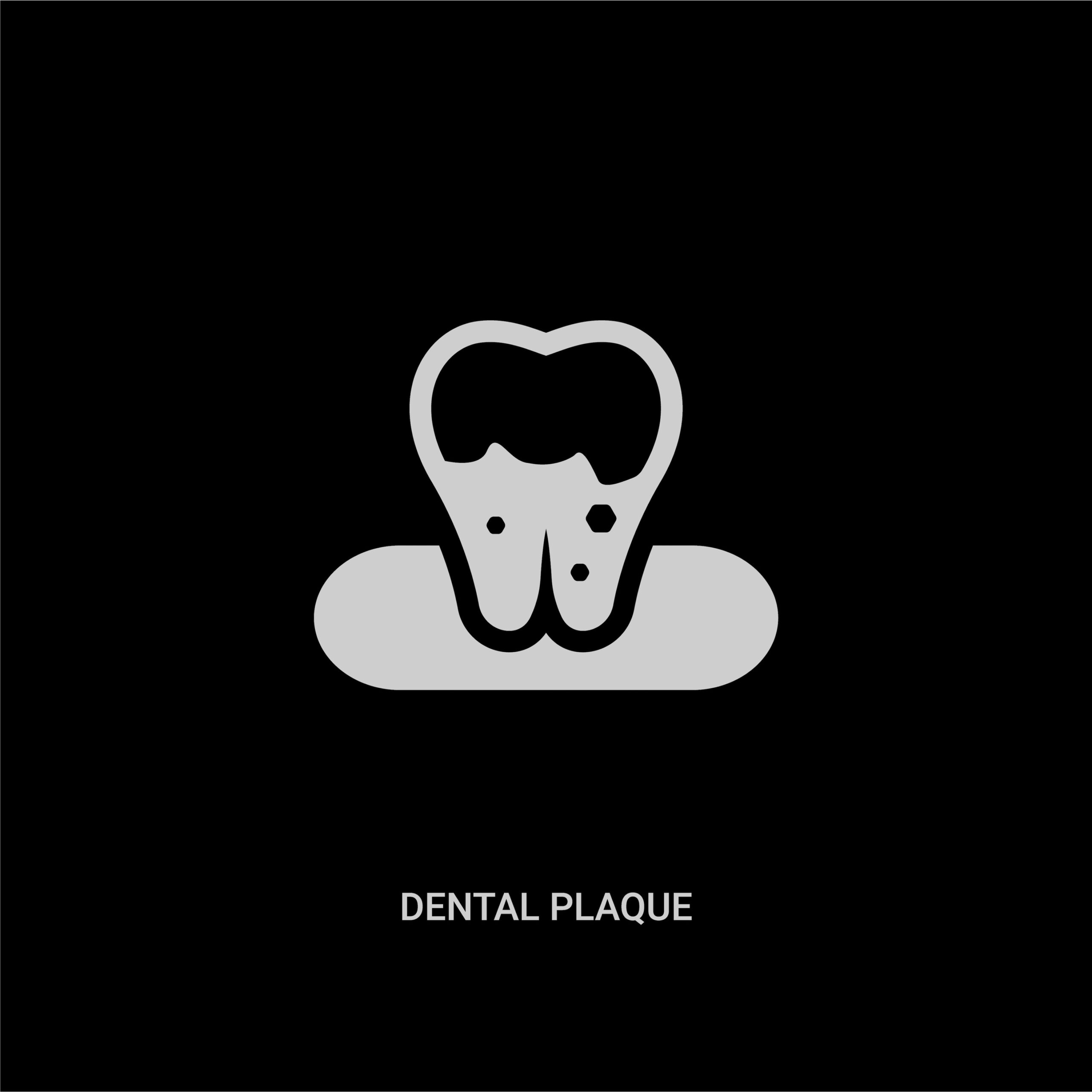
Dental Plaque: What Causes it, Prevention, & How to Get Rid of it
Teeth are covered with a sticky film known as plaque. This colorless or pale-yellow biofilm is constantly forming on the teeth and contains bacteria that produce acids after you eat or drink. The acids produced by plaque can wear away tooth enamel and contribute to the formation of tooth decay and gum disease. When left untreated, it can harden into tartar which can only be removed by your dentist.
What Causes Plaque?
Plaque develops when you eat foods that contain carbohydrates like soft drinks, milk, cakes, or candy. The natural bacteria that live in the mouth feed on these foods and produce acids as a result. If you do not brush your teeth shortly after drinking or eating, the carbohydrates, bacteria, and acids combine to create a colorless, sticky film called plaque.
What Health Problems Can It Cause?
While everyone has some amount of plaque on their teeth at one time or another, an accumulation of plaque can result in a variety of oral health problems. Plaque and tartar can lead to the following conditions:
- Cavities
- Advanced gum infection (periodontitis)
- Gingivitis and periodontal disease
- Tooth decay and tooth loss
- Tooth infection
How Is It Diagnosed in Dentistry?
As plaque is often colorless, it can be hard to see on your teeth. However, there are other ways that you can determine if you have plaque. First, your teeth may feel fuzzy. This often occurs when you forget to brush, allowing build up. If you go too long without brushing, plaque can cause your gums to recede and possibly bleed. You may also suffer from halitosis or bad breath. Swollen gums are also possible when you have a buildup of plaque.
How Do I Get Rid of Plaque?
Taking care of your teeth and gums is key to preventing a harmful buildup of plaque. This means brushing your teeth at least twice a day to remove food, plaque, and other debris from your mouth. Remember, mouthwash alone will not get rid of plaque.
You’ll also want to remember to floss at least once a day. Floss can help you reach areas of your teeth that you cannot easily reach with a toothbrush. Plaque can build up in the tight areas between the teeth and only floss can remove it.
Next, do your best to eat clean. Too much sugar in your diet provides the bacteria in plaque with the food it needs to create acids. If you do decide to indulge in a tasty treat, try to brush your teeth soon after, or at the very least, drink water to help rinse away the sugar.
Finally, you’ll want to visit your dentist regularly. When you go for a dental teeth cleaning, your hygienist will remove any plaque and tartar buildup. Your dental team can also provide you with recommendations on how to properly brush, floss, and maintain your oral health.
Your dentist may also recommend additional protection treatments to better manage your plaque buildup, such as the following:
- Dental Sealants – These thin plastic coatings help prevent plaque from forming on the chewing surfaces of the teeth.
- Fluoride Treatments – These pain-free treatments help slow the growth of plaque-causing bacteria and prevent tooth decay.
- Dry Mouth Medications – If you suffer from dry mouth, it could be worsening your plaque. Your dentist may recommend dry mouth medications to increase your saliva production.
- Prescription Products – Your dentist may also recommend other prescription products, such as prescription toothpastes or antibacterial mouthwashes.
Schedule an Appointment Today
Some plaque on your teeth is normal and can usually be removed with regular brushing and flossing. However, you should speak with your dentist if you experience certain symptoms, such as chronic bad breath, facial swelling, pain or difficulty chewing, loose teeth, redness in or around the mouth, toothache or mouth pain, swollen, bleeding gums, or ongoing tooth sensitivity.

